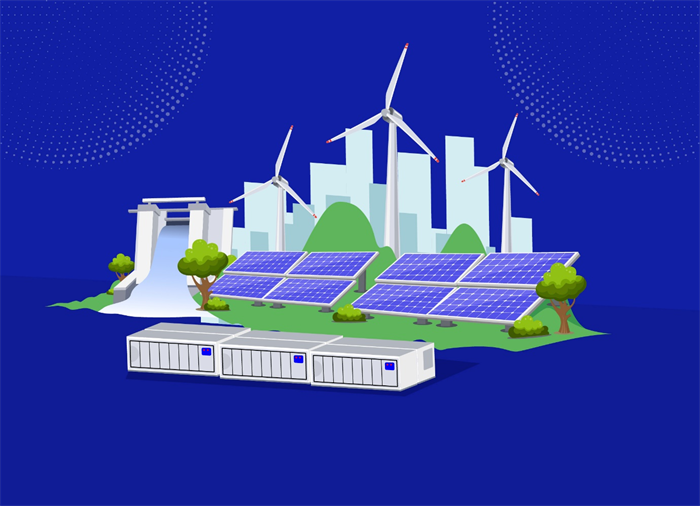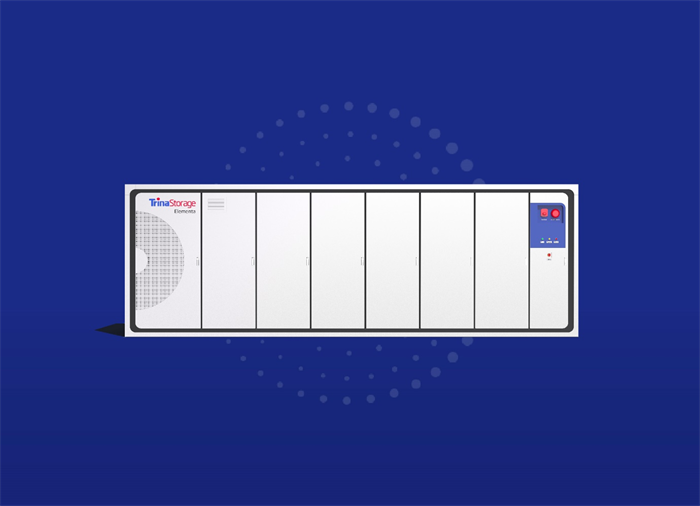Solving Asia Pacific's Renewable Energy Challenges with Battery Storage
- 23/06/01
- Reliability

As we reported in our comprehensive guide to The Renewable Energy Transition, battery storage will continue to be the enabling link between intermittent renewable generation and grid reliability with the potential to have a very significant impact on decarbonization of our energy systems. As installation costs become more cost-efficient with strong ROIs, the light is very much shining on renewable energy storage as the solution to our energy challenges.
The renewable energy resourcing challenge
The centralised power grids which power our towns and cities effectively enable modern society to function. These centralized grids rely on a continuous, uninterrupted flow of electricity to literally ‘keep the lights on’.
For decades now, this problem has been traditionally answered by burning coal, oil, and natural gas in power stations, which allow for continuous power generation over a long period of time.
However, as thousands of megawatts of these traditional generation sources are retired each year, they are increasingly being replaced with inherently intermittent generation from solar and wind power. The issue is that the grid needs the ability to respond to demand “as required”, which simply is not possible to guarantee because these sources stop producing energy when the wind stops blowing and the sun sets.
As a result, installing solar or wind farms is not the final step in the world’s transition to renewable energy. The full solution would need us to re-arrange and re-design the network infrastructure to harness the FULL potential of renewables, therefore making electricity supply cheaper, more secure and more sustainable. As demonstrated, this means including a storage element on sites to alleviate any intermittency issues caused when solar and wind power is unavailable.
If we simply replace the previous constant generation with these intermittently generating sources such as solar and wind power, the grid will ultimately be less able to respond to surges in demand unless some form of energy storage is able to “step in” and meet the demand “as required”.
Considering that wind and solar energy are two of the most prominent forms of renewable power generation, battery storage, in turn, is providing a cost-effective solution to the intermittency problems associated with these renewable power sources.
Developments in battery storage technology have enabled commercially viable utility-scale sites to store excess energy during peak production periods and release it during peak demand periods. Afterall, there is no point in producing the energy if we cannot make it readily accessible when it is needed. Other than alleviating the intermittency issues that come introducing renewables on a site, battery storage systems also perform many other important grid functions which we will look into in more detail in future articles.
Battery energy storage as the turnkey solution
Trina Storage is at the forefront of Battery Energy Storage System technology. For nearly a decade, Trina Storage had been developing, refining, and defining its own in-house battery technology specifically optimized for Grid Scale applications to ensure safe operation and maximize lifetime.
It will continue to implement large utility-scale and commercial storage systems in order to overcome the challenges presented by the renewable energy transition.

Want to find out how? Join our newsletter to get the latest and greatest straight into your inbox, or contact us if you have any questions.
Relevant Topics
Smart Energy Solutions
delivered straight to your inbox

More Events

